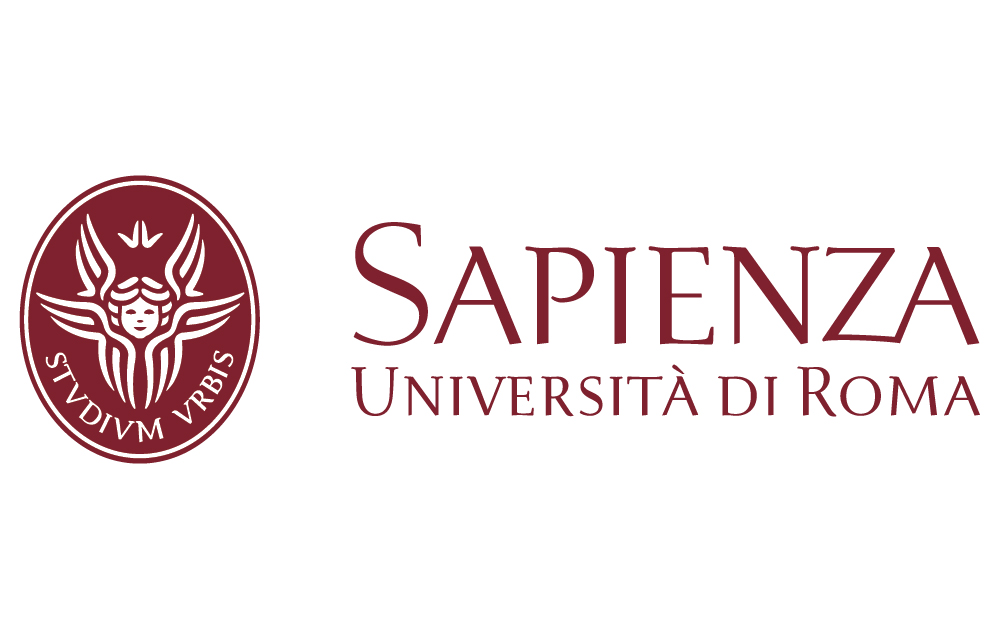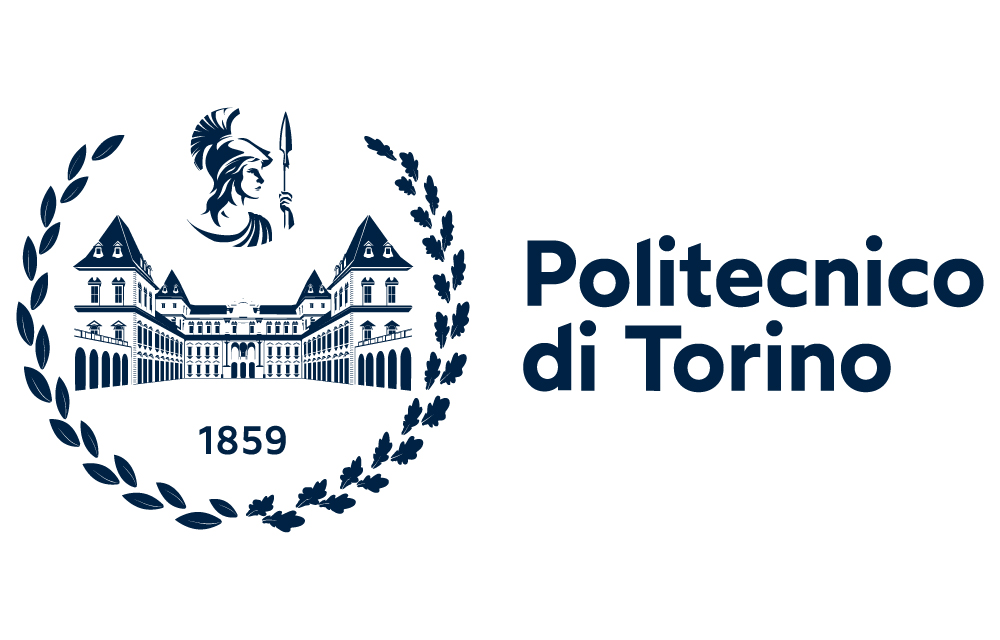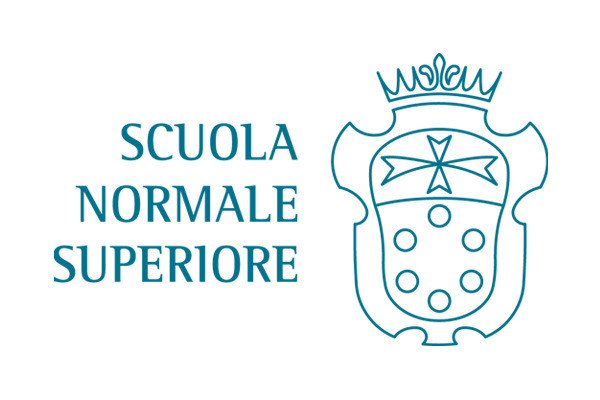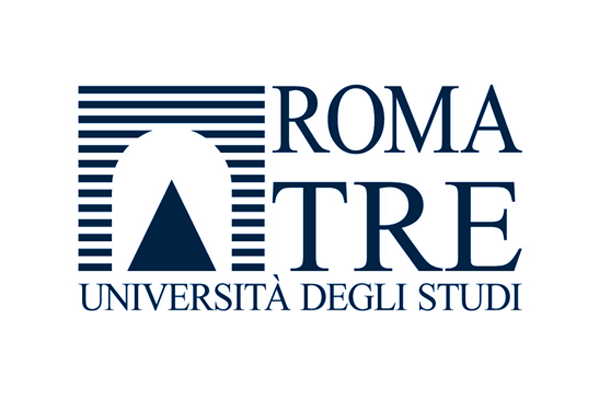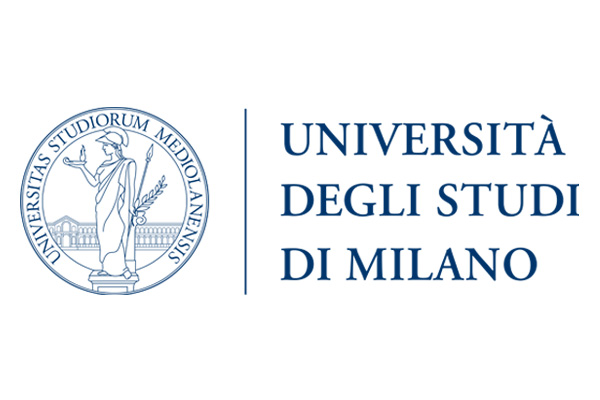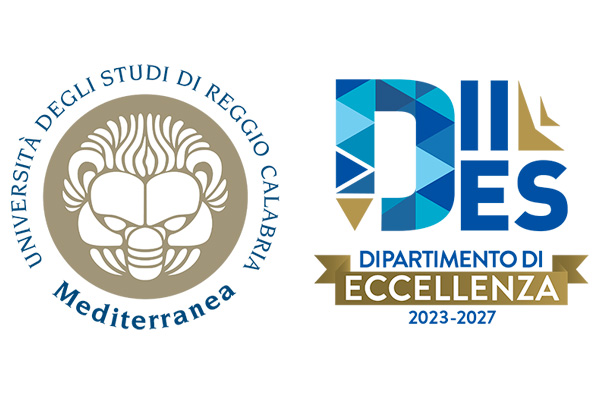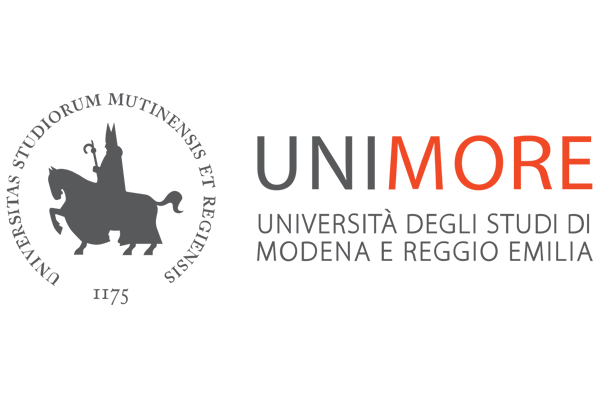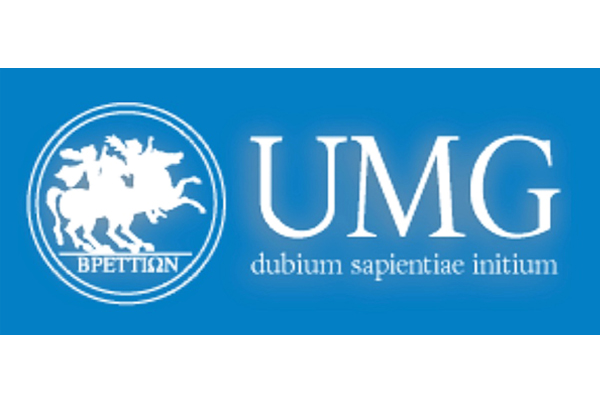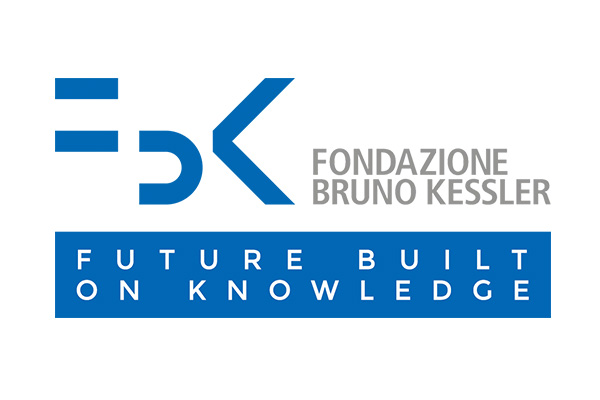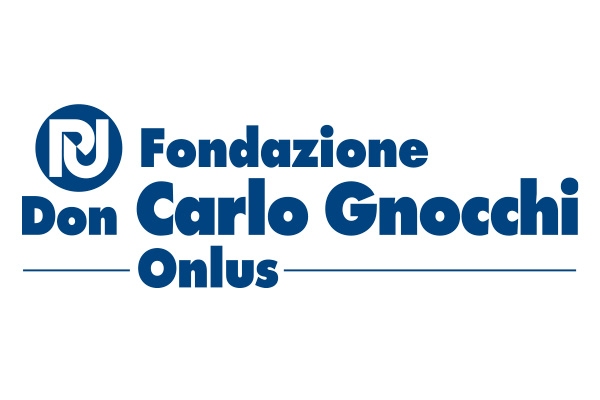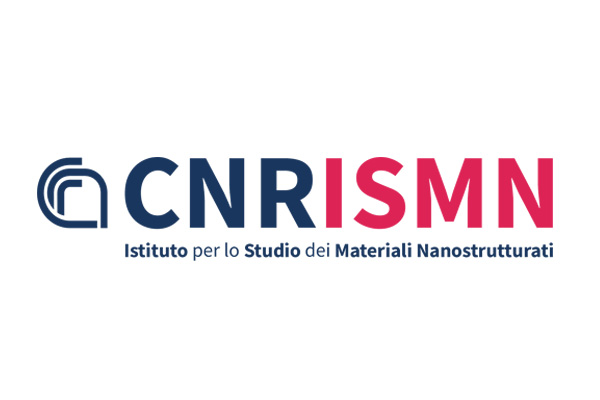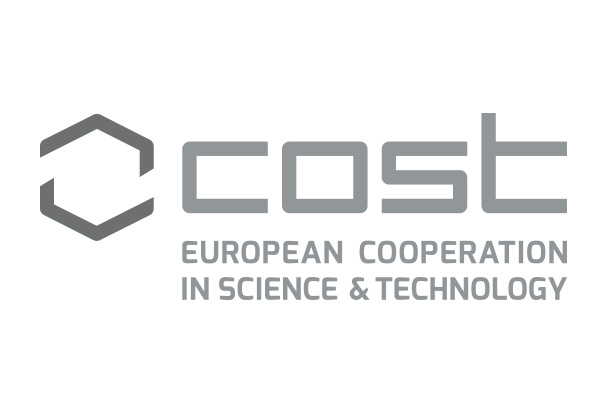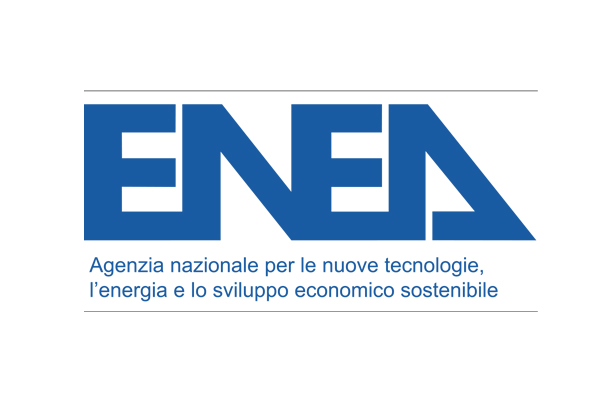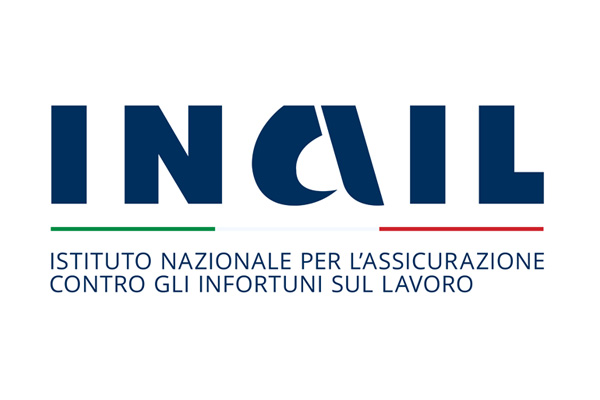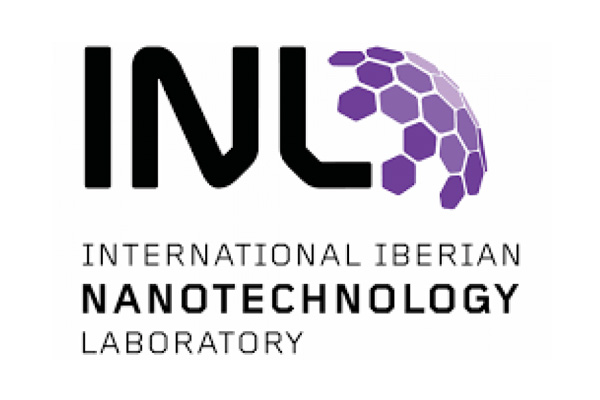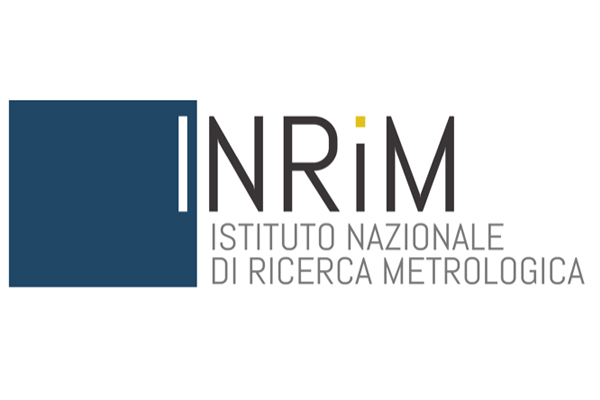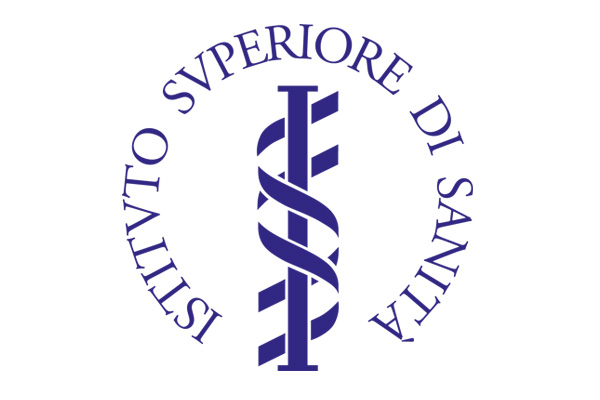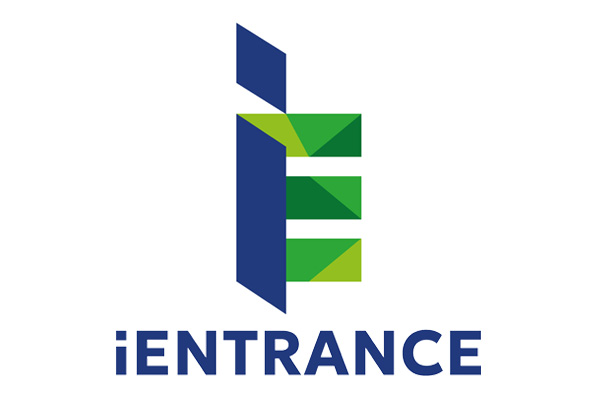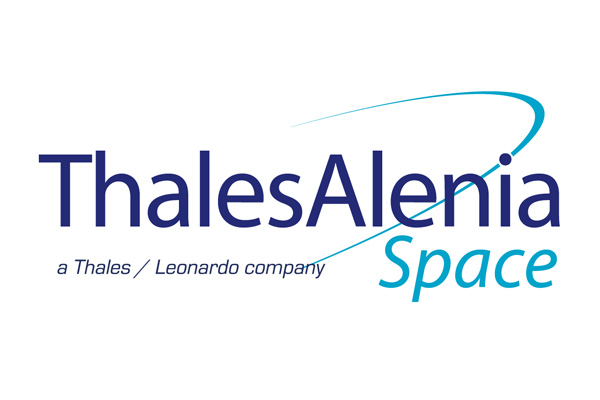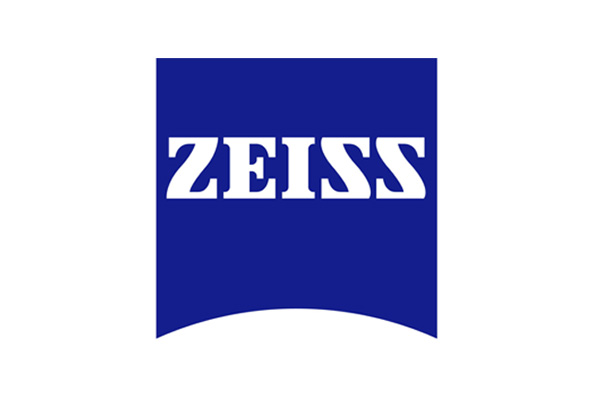|
WS.I DIGITAL TWINS for INNOVATION: BRIDGING RESEARCH and INDUSTRY 17-18 September |
|||
| Session organized by: | |||
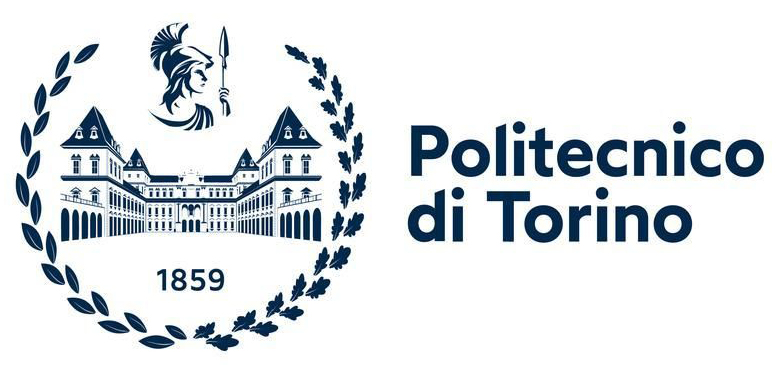 |
|||
|
WORKSHOP COMMITTEE: Marzia QUAGLIO, Francesca RISPLENDI & Marco FONTANA, Polytechnic University of Turin |
|||
| This two-day workshop will explore the revolutionary role of digital and physical replicas across multiple-technological domains, bridging academic research and industrial applications. Digital twins - virtual representations of specific physical systems - and physical replicas enable unprecedented opportunities for optimization, predictive analysis, and real-time monitoring. By enabling advanced simulations and in-depth analysis of complex systems, they empower organizations to optimize processes, reduce operational costs, and make data-driven decisions. A digital twin is a dynamic, continuously evolving virtual representation of a physical object, process, or system. Its development relies on two primary approaches: the model-based approach, which creates mathematical and physical models that are continuously updated with real-world data to simulate complex scenarios with high precision and the data-driven approach, which leverages real-time data acquisition through sensors and IoT devices to predict system behavior using artificial intelligence and machine learning. Regardless of the specific approach, the accuracy and reliability of digital twins depend on high-quality input data. Advanced characterization techniques, such as operando and in situ methods, play a crucial role in building precise models. These techniques allow for real-time monitoring of material properties and system behavior under relevant conditions, providing critical insights to refine models and enhance predictive capabilities. Moreover, in many cases, having a physical replica is crucial for validating theoretical models, testing real- world performance under controlled conditions, and ensuring that digital simulations accurately reflect the behavior of complex systems. This combination of virtual and physical replication is particularly relevant in fields such as biomedical applications, where biological twins represent a specific realization of this approach for modeling physiological systems to support medical diagnostics and treatment planning. Similarly, in the context of the energy transition, digital twins optimize renewable energy integration into distribution networks, improve the efficiency of energy systems, and support decarbonization and sustainability strategies. The successful implementation of digital twins with both approaches is inherently dependent on the quality and optimization of the sensors used to build and refine the model. Advanced sensing technologies are critical for real-time data collection, predictive analytics, and adaptive control systems. The key challenge lies in both the precision and reliability of these sensors, which must accurately capture environmental and operational conditions to ensure meaningful virtual representations. By refining sensor performance and enhancing their synergy with digital twin models, research and industry can achieve greater accuracy, responsiveness, and efficiency in their systems. Bringing together leading experts from academia and industry, this workshop will present cutting-edge methodologies, address emerging challenges, and discuss the future of digital twin technology. Through insightful presentations, case studies, and interactive discussions, participants will gain a comprehensive understanding of the transformative potential of digital twins and their far-reaching impact across multiple sectors. |
|||
| 17 September | ||||||||
| 09:00 - 10:30 Real-World Applications of Digital Twin Technology WS.I.1 - TT.I.D |
||||||||
| Chair: Marco FONTANA, Polytechnic University of Turin | ||||||||
| WS.I.1.1 TT.I.D.1 |
in definition | 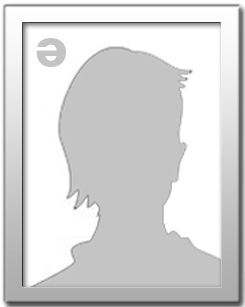 |
||||||
| WS.I.1.2 TT.I.D.2 |
in definition |  |
||||||
| WS.I.1.3 TT.I.D.3 |
in definition |  |
||||||
| WS.I.1.4 TT.I.D.4 |
in definition |  |
||||||
| 11:30 - 13:00 From Data to Models: Methodological Foundations of Digital Twin Development WS.I.2 - TT.II.D |
||||||||
| Chair: Francesca RISPLENDI, Polytechnic University of Turin | ||||||||
| WS.I.2.1 TT.II.D.1 |
in definition |  |
||||||
| WS.I.2.2 TT.II.D.2 |
in definition |  |
||||||
| WS.I.2.3 TT.II.D.3 |
in definition |  |
||||||
| WS.I.2.4 TT.II.D.4 |
in definition |  |
||||||
| 14:00 - 15:30 In Situ and Operando Characterization of Materials: Techniques and AI-Driven Data Interpretation WS.I.3 - TT.III.D |
||||||||
| Chair: Marco FONTANA, Polytechnic University of Turin | ||||||||
| WS.I.3.1 TT.III.D.1 |
in definition |  |
||||||
| WS.I.3.2 TT.III.D.2 |
in definition |  |
||||||
| WS.I.3.3 TT.III.D.3 |
in definition |  |
||||||
| WS.I.3.4 TT.III.D.4 |
in definition |  |
||||||
| 16:00 - 17:30 The Key Role of Multi-Physics Simulations in the Energy Transition WS.I.4 - TT.IV.D - FE.II.7 |
||||||||
| Chair: Giulia MASSAGLIA, Polytechnic University of Turin | ||||||||
| The increasing complexity of modern energy systems requires advanced tools to support their design, optimization, and real-time monitoring. Multiphysics simulations, which integrate various physical domains such as thermal, fluid dynamic, electrical, and structural behaviors, play a pivotal role in capturing the coupled phenomena that govern energy devices. These simulations form the foundation for the development of Digital Twins—virtual replicas of physical systems capable of mirroring their real-time state and predicting future behavior under different operational scenarios. By enabling high-fidelity modeling and dynamic updates through real-world data, Digital Twins can significantly enhance decision-making, predictive maintenance, and overall system efficiency. This work highlights the strategic role of multiphysics modeling in the development of reliable Digital Twins for energy applications, presenting key challenges and opportunities in this rapidly evolving field. | ||||||||
| WS.I.4.1 TT.IV.D.1 FE.II.7.1 |
Introductive Keynote Nicolò VASILE Polytechnic University of Turin Title in definition |
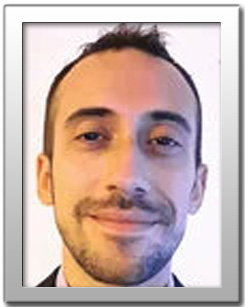 |
||||||
| WS.I.4.2 TT.IV.D.2 FE.II.7.2 |
in definition |  |
||||||
| WS.I.4.3 TT.IV.D.3 FE.II.7.3 |
in definition |  |
||||||
| WS.I.4.4 TT.IV.D.4 FE.II.7.4 |
in definition |  |
||||||
| WS.I.4.5 TT.IV.D.5 FE.II.7.5 |
in definition |  |
||||||
| 18 September | ||||||||
| 09:00 - 10:30 A new prospective in Biological and Digital twins through Biosensing for frontier research 1/2 WS.I.5 - TT.V.D |
||||||||
| Chair: Simone MARASSO, CNR-IMEM | ||||||||
| WS.I.5.1 TT.V.D.1 |
in definition |  |
||||||
| WS.I.5.2 TT.V.D.2 |
in definition |  |
||||||
| WS.I.5.3 TT.V.D.3 |
in definition |  |
||||||
| WS.I.5.4 TT.V.D.4 |
in definition |  |
||||||
| 11:30 - 13:00 A new prospective in Biological and Digital twins through Biosensing for frontier research 2/2 WS.I.6 - TT.VI.D |
||||||||
| Chair: Francesca FRASCELLA, Polytechnic University of Turin | ||||||||
| WS.I.6.1 TT.VI.D.1 |
in definition |  |
||||||
| WS.I.6.2 TT.VI.D.2 |
in definition |  |
||||||
| WS.I.6.3 TT.VI.D.3 |
in definition |  |
||||||
| WS.I.6.4 TT.VI.D.4 |
in definition |  |
||||||
| 14:00 - 15:30 Data Driven development of smart materials WS.I.7 - TT.VII.D |
||||||||
| Chair: Ignazio ROPPOLO, Polytechnic University of Turin | ||||||||
| WS.I.7.2 TT.VII.D.2 |
in definition |  |
||||||
| WS.I.7.2 TT.VII.D.2 |
in definition |  |
||||||
| WS.I.7.3 TT.VII.D.3 |
in definition |  |
||||||
| WS.I.7.4 TT.VII.D.4 |
in definition |  |
||||||
| WS.I.7.5 TT.VII.D.5 |
in definition |  |
||||||
| 16:00 - 17:30 From Reality to Representation: Digital Twins and their Role in Future Research WS.I.8 - TT.VIII.D - FE.II.16 |
||||||||
| Chair: Giulia MASSAGLIA, Polytechnic University of Turin | ||||||||
| Digital Twins are emerging as a powerful paradigm to bridge the gap between the physical and digital worlds. Far beyond static models or offline simulations, Digital Twins are dynamic, continuously updated virtual counterparts of real systems - capable of supporting real-time monitoring, predictive analytics, and prescriptive decision-making. Their relevance spans from manufacturing to healthcare, from infrastructure management to biological systems. This symposium will open with a plenary lecture by Professor Andrea Matta from Politecnico di Milano, who will provide a comprehensive overview of the Digital Twin concept. Drawing from both historical foundations and recent research, Professor Matta will discuss key features, architectures, and classifications of Digital Twins - illustrating their transformative potential with practical examples from ongoing projects in the field of production systems and industrial automation. Following the plenary, the symposium will feature a series of short presentations by early-career researchers, highlighting innovative applications, methodological challenges, and interdisciplinary perspectives on the use of Digital Twins in various domains. The goal is to foster dialogue between established expertise and emerging ideas, and to explore how Digital Twins are shaping the future of research across disciplines. |
||||||||
| WS.I.8.1 TT.VIII.D.1 FE.II.16.1 |
Introductive Keynote Andrea MATTA Polytechnic University of Milan Title in definition |
 |
||||||
| WS.I.8.2 TT.VIII.D.2 FE.II.16.2 |
in definition |  |
||||||
| WS.I.8.3 TT.VIII.D.3 FE.II.16.3 |
in definition |  |
||||||
| WS.I.8.4 TT.VIII.D.4 FE.II.16.4 |
in definition |  |
||||||
| WS.I.8.5 TT.VIII.D.5 FE.II.16.5 |
in definition |  |
||||||
| Back to Overview | Go to Plan 17 September | ||
| Go to Plan 18 September | |||

